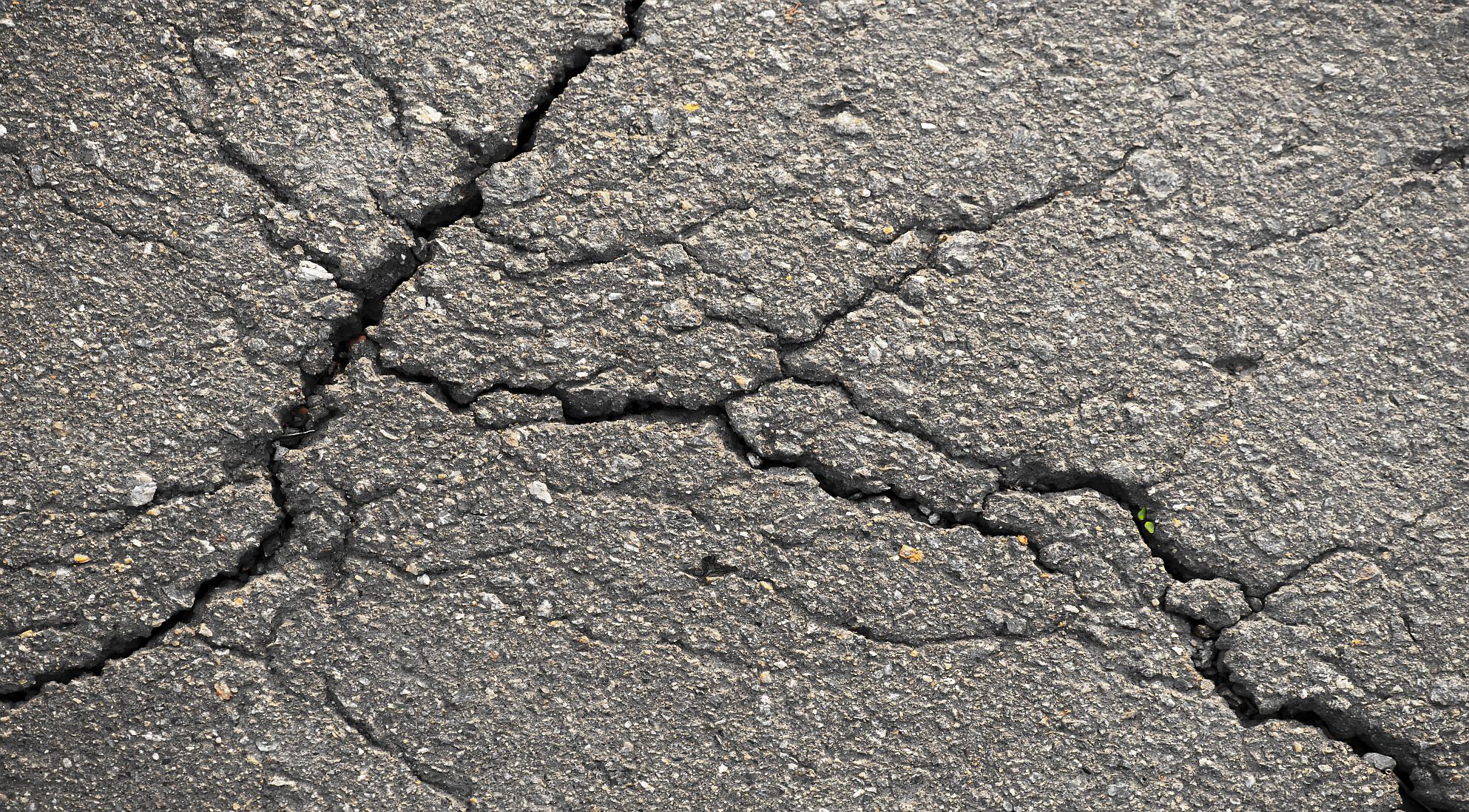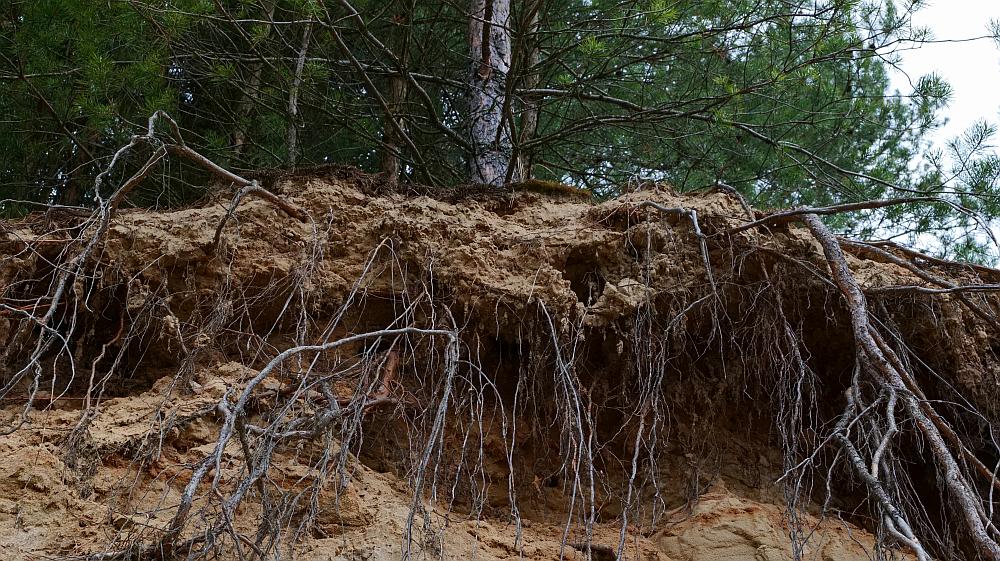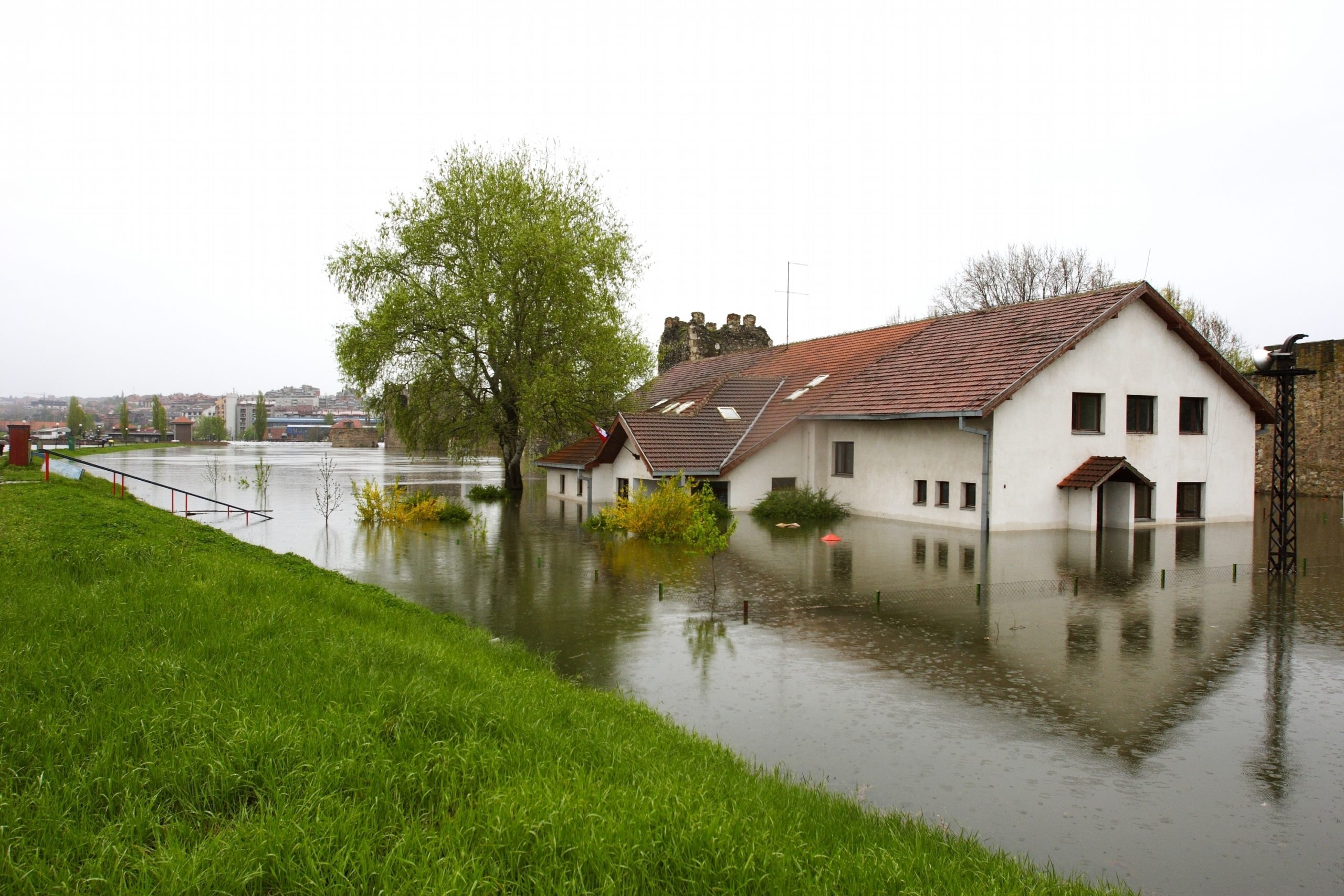The National Interagency Fire Center reported a total of 9,280 total wildfires in California in 2021, causing damage to more than 2.3 million acres. The state’s pace has not slowed much in 2022, with 1,301 incidents burning more than 6,441 acres by the end of April.
This high risk is not a revelation for Californians, who know that wildfires are a part of life in the Mountain State. Still, more than 2 million homes in California are considered at high or extreme risk of wildfire. Property owners often suffer significant financial and personal loss from these natural and man-made disasters, which are growing in quantity and acreage year after year.
As if the wildfires were not horrific enough for victims, families, businesses, and workers, filing an insurance claim and receiving payments to recover from the damage only adds to the stress. Let’s explore the types of damage and claims that can occur due to wildfires and how to spot and prevent insurance bad faith in their aftermath.
Wildfires Damages: The Subtle and the Not-So-Subtle
Property and casualty losses due to wildfire can be staggering. If a home or location is completely destroyed, then the damage can be considered absolute. But if the unit or home sustained damage but still stands (and might be habitable), there are additional, long-term problems that owners might not immediately consider. These problems can sometimes go unnoticed, spreading and creating major issues that are costly to repair.
Some common problems caused by fire damage include:
Properties that withstand a fire might have suffered massive damage from exposure to smoke, soot, ash, and extreme heat. In some cases, even homes that appear unscathed by a wildfire can suffer significant damage that are not visible to the naked eye. This can extend to appliances, furniture, HVAC systems, siding, and concrete, as well as other interior and exterior features. It is best to consider these often overlooked items and details when filing an insurance claim, because an insurer might not point them out for you.
Preventative Measures That Can Better Protect Insureds
The Insurance Institute for Business & Home Safety notes three sources of wildfire ignition:
To protect homes and buildings from wildfires from the outset, policyholders should survey the materials and design features of their structures. This could even extend to the types of plants used, their location, and maintenance.
Organizations and homeowners should also determine their fire hazard severity zone (FHSZ) by evaluating the landscape, fire history in the area, and terrain features such as slope of the land. Organizations can request the FHSZ rating from local building or fire officials in their area.
Smoke and ash claims can be more challenging. Some tips for an insured who sustained smoke and ash damage include:
Insureds who take these preventative and thorough measures will strengthen any insurance claim, and their lawyer can better litigate against bad faith on the part of the insurance company.
Causes of Bad Faith Litigation and Genuine Disputes
California has a “bad faith” statute, which states that insurance companies must not act unfairly or in “bad faith” to the people they insure. But carriers are often accused of doing just that, even in the aftermath of fire-related devastation. To their credit, insurance companies are quite adept at defending their methods in court.
A policyholder may file a claim for various reasons, from major structural damage or the loss of a business, to a physical injury or burn. The claim may have been denied without a valid reason, or the carrier might have made an insultingly low settlement offer in the hopes that the victim will accept it and avoid the perceived headache of filing a lawsuit.
Other causes of bad faith litigation include:
There are others, of course, but these examples cover the general spectrum. In some cases, insurance companies will attempt to place blame on the homeowner or business owner in order to avoid paying the claim.
It is also worth noting that insurance companies often try to protect themselves by claiming to have a genuine dispute. The genuine dispute doctrine states that an insurer who denies or delays payment of policy benefits is immune from bad faith claims so long as there is a genuine dispute about the existence of coverage or the amount.
Through the years, the genuine dispute doctrine has been invoked in cases involving homes damaged (but not destroyed) in California wildfires. One recent example was in 2020, when its use was deemed insufficient by the California Court of Appeal for the First Appellate District in Fadeeff v. State Farm. In Fadeeff, the plaintiff alleged smoke damage sustained in the 2015 Valley Fire. In short, the Court found that expert testimony did not exempt an insurer from bad faith despite the claim of genuine dispute, and though it did not resolve the plaintiff’s smoke damage claim, it did enable it to get to trial.
There is a fine line between bad faith and genuine dispute, and at trial, an experienced insurance litigator will be able to convince a jury of the difference.
Insurance companies owe homeowners an implied covenant of good faith and fair dealing. If a home or business is damaged in a wildfire and the insurance company fails to provide a fair settlement offer that will cover the costs of repair, the owner may have grounds for a bad faith lawsuit.
These matters can be incredibly complex and take several months – if not years – to favorably resolve. A homeowner, business owner, or even a legal professional is much more likely to have a successful claim if they hire a skilled property damage lawyer.

Earthquakes can strike suddenly and cause significant damage. From injuries to property destruction, the aftermath of an earthquake can be overwhelming. Unfortunately, many homeowners face financial d...

Experiencing landslide damage can be a devastating event that affects both your life and your home. Amidst the process of recovering and repairing your house, you may also find yourself dealing with i...

It is critical to understand how California state law defines personal property and loss of use. Understanding the claims procedure can help you make sure you get the insurance payout you are due if y...